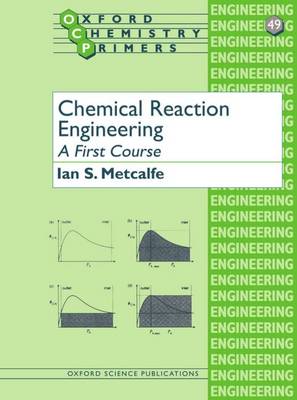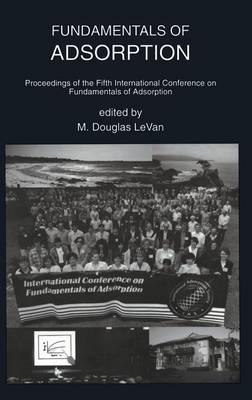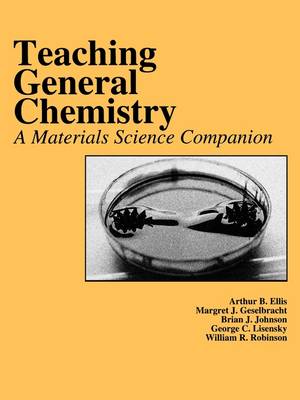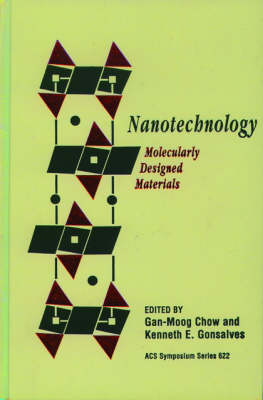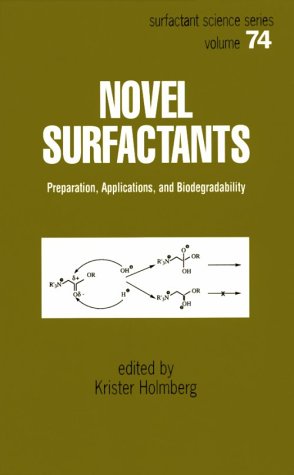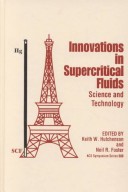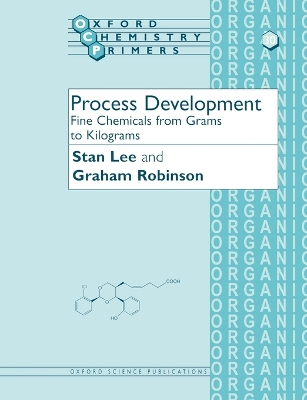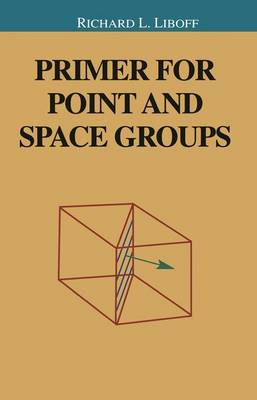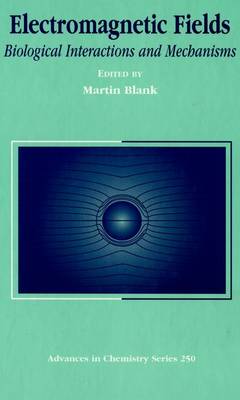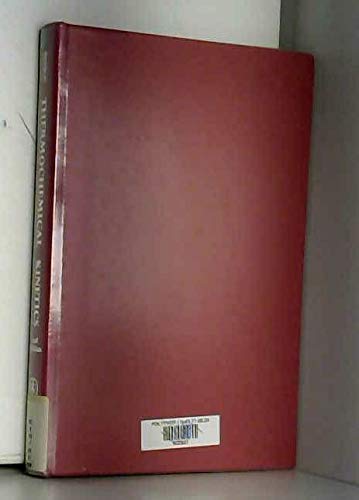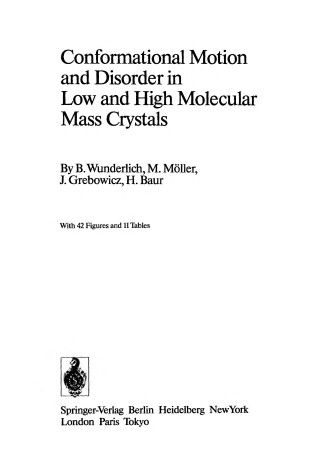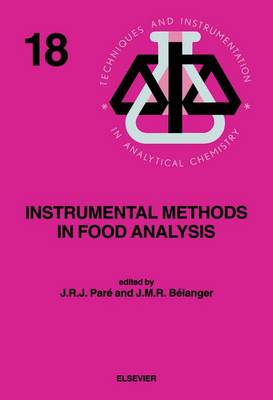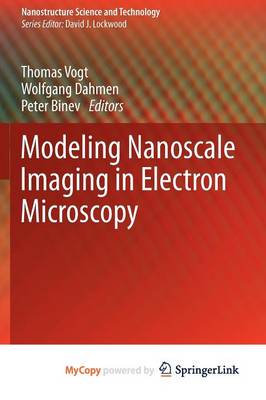Chemical Reaction Engineering (Oxford Chemistry Primers, #49)
by Ian S. Metcalfe
This book covers the material required for a basic understanding of chemical reaction engineering. Such material would normally be taught in a first chemical reaction engineering course in a university chemical engineering department. The principles of reaction engineering are simply and clearly presented; simple illustrative problems are used to demonstrate how these principles are practically applied. Further problems, with solutions, based on exam questions, are supplied. The book is writ...
Multi-component Thermodynamics in Consequence Analysis (Research Report S., CRR 207)
Fundamentals of Adsorption is the proceedings of the fifth International Conference on the Fundamentals of Adsorption, which was held on May 13-18, 1995 at the Asilomar Conference Center, Pacific Grove, California. This conference was organized completely under the auspices of the International Adsorption Society. It was attended by 196 participants from 24 countries. Members of the Scientific Advisory Board, together with the Conference Committee, selected papers for presentation from a...
Teaching General Chemistry
by Arthur B. Ellis, Margret J. Geselbracht, Brian J. Johnson, George C. Lisensky, and William R. Robinson
This resource volume, written especially for teachers of introductory chemistry courses, is in a ready-to-use format that will enable instructors to integrate materials chemistry into their curriculum. The book collects a critical mass of text, demonstrations, and laboratory experiments. The first ten chapters present a general introduction to solids; numerous easy-to-do teacher demonstrations are integrated into the material. The second part of the volume consists of fifteen laboratory experime...
Nanotechnology (ACS Symposium, #622)
Provides a chemistry-oriented overview of nanoscience and nanotechnology. Presents cutting edge research in vapour phase synthesis, metal colloids in polymers and membranes, nanostructured semiconductors, nanostructured metals and nanocomposites, nanostructured ceramics, and sol-gel derived materials. Describes recent interdisciplinary progress in the control of unique properties of nanostructured materials by rational design in synthesis and processing.
Novel Surfactants (Surfactant Science, #74)
This work pinpoints the preparation methods, physiochemical properties, environmental impact and applications of newly developed surfactants, many of which are destined for considerable wide use in the future. It focuses on the synthesis and properties of "green" surfactants incorporating environmentally-friendly characteristics.
Innovations in Supercritical Fluids (ACS Symposium, #608)
by Keith W. Hutchenson and Neil R. Foster
Beginning Calculations in Physical Chemistry (Workbooks in Chemistry)
by Barry R. Johnson and Stephen K. Scott
Designed for first year students at university studying chemistry, and students taking physical chemistry as part of their degree course this Workbook is comprised of eight main sections covering revision of key elements. There are some 68 examples and 139 exercises through which students ability and confidence with tackling quantitative calculations will be developed, beginning with material based on pre-university knowledge through to topics such as chemical equilibrium that feature in first y...
Process Development (Oxford Chemistry Primers, #30)
by Stan Lee and Graham Robinson
Process development bridges the gap between the laboratory synthesis of an organic compound and its industrial manufacture on a large scale. In this concise text the authors use real examples to show the problems which may be encountered in scaling up chemical syntheses and the ways in which these problems may be overcome. The major part of the book is devoted to genuine case histories from ICI/Zeneca Pharmaceuticals. Through a range of carefully chosen examples, the book explains how it is...
Problems in Physical Chemistry
by I.M. Ritchie, etc., Robert A Craig, and Peter J Thistlethwaite
Primer for Point and Space Groups (Undergraduate Texts in Contemporary Physics)
by Richard Liboff
Written in the spirit of Liboff's acclaimed text on Quantum Mechanics, this introduction to group theory offers an exceptionally clear presentation with a good sense of what to explain, which examples are most appropriate, and when to give a counter-example.
Electromagnetic Fields (Advances in Chemistry, #250)
Presents a timely, multifaceted examination of electromagnetic fields, including the physical characteristics of environmental electromagnetic fields, intrinsic biological fields, health-related risks, therapeutic applications, and transduction mechanisms. Examines the signal-to-noise problem of biological effects due to low-intensity electromagnetic fields. Describes the biochemical and biophysical mechanisms of interaction of electromagnetic fields with cells. Proposes a mechanistic chain of c...
The General Theory of Sorption Dynamics and Chromatography
by Vladimir V Rachinskii
Conformational Motion & Disorder in Low & High Molecular Mass Crystals (Advances in Polymer Science, #87)
by B Wunderlich
Probleme der Nafion(R)-Membranen in Protonenaustauschmembran-Brennstoffzellen und ihre Loesungen
by Mike Ong
Instrumental Methods in Food Analysis (Techniques and Instrumentation in Analytical Chemistry)
Modeling Nanoscale Imaging in Electron Microscopy (Nanostructure Science and Technology)
Modeling Nanoscale Imaging in Electron Microscopy presents the recent advances that have been made using mathematical methods to resolve problems in microscopy. With improvements in hardware-based aberration software significantly expanding the nanoscale imaging capabilities of scanning transmission electron microscopes (STEM), these mathematical models can replace some labor intensive procedures used to operate and maintain STEMs. This book, the first in its field since 1998, will also cover su...
